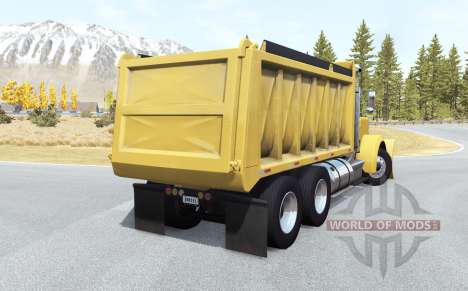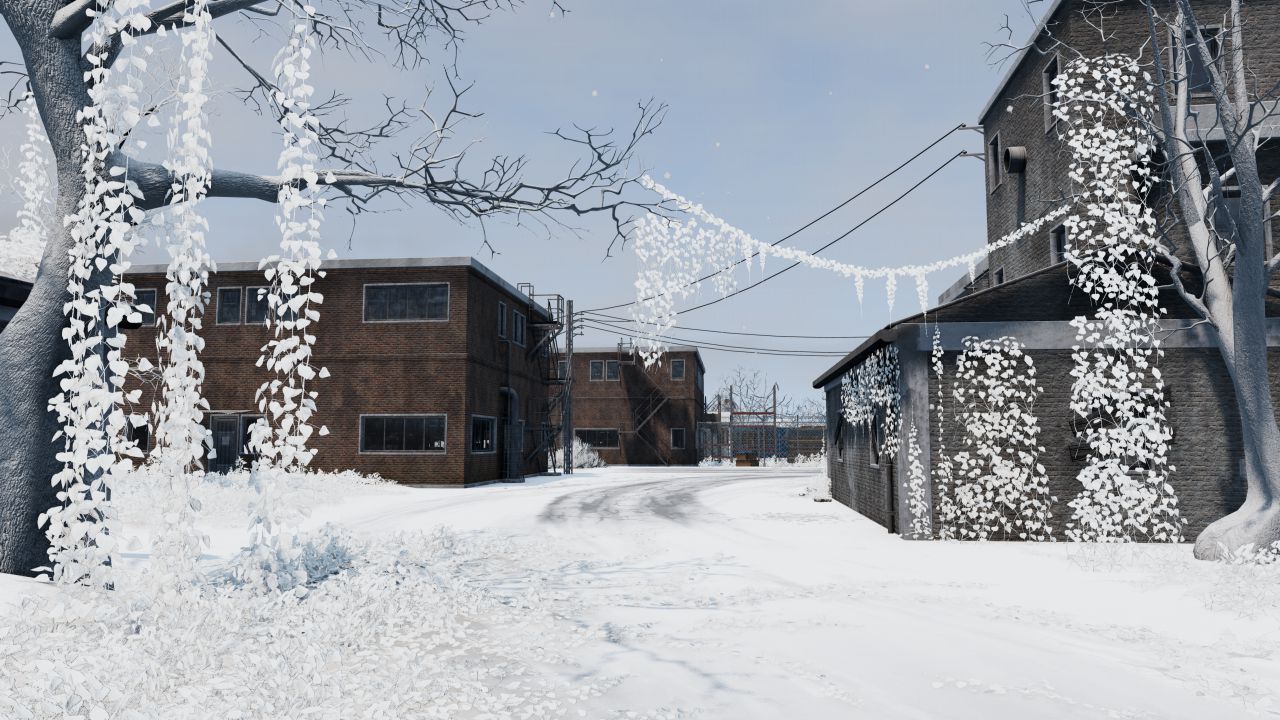
This represents the internal strength of the fluid.

With the shearStrength, a threshold of pressure has to be overcome in the fluid to make it to move. We massively improved the stability of the density system, so tires can float/skip on top of the mud/sand if the tires are wide enough or moving fast enough. Now, when you steer in the fluid, it sees the sidewall of the tire as a flat surface that acts more like a rudder, whereas before it would just see nodes and apply the same drag regardless. So, now, when a tire is spinning in the mud, instead of nodes acting like a ton of "scoops" in the mud, it looks at the triangles and sees that all the surfaces of the tire are moving through the fluid with a small angle of attack, and so the tire doesnt get much traction. We redid the system, now it uses the pressure or collision triangles to understand better the shape of the object in the fluid, so it is more like the aerodynamics system in function. The other problem was that stability was not very good so the density had to be low, so everything would tend to sink to the bottom of the fluid. Coupled with this, the vehicles would act like they were floating totally (unless they touched the bottom), bobbing up and down and slowly drifting around. Cars were always able to get out of the mud provided they had enough power. It relied only on nodes, which meant that tires acted like "perfect paddles" in the fluid.

The old ground fluid physics (what makes mud, sand, or anything with "depth" act that way) had a few limitations. Then, using the new, better ground fluid physics, you could create a pretty good feeling with it. What you would do with the ground model is create a terrain with the shape of the snow bank in the height map, then use a depth map to make the actual bottom of the terrain flat like the actual ground.


 0 kommentar(er)
0 kommentar(er)
